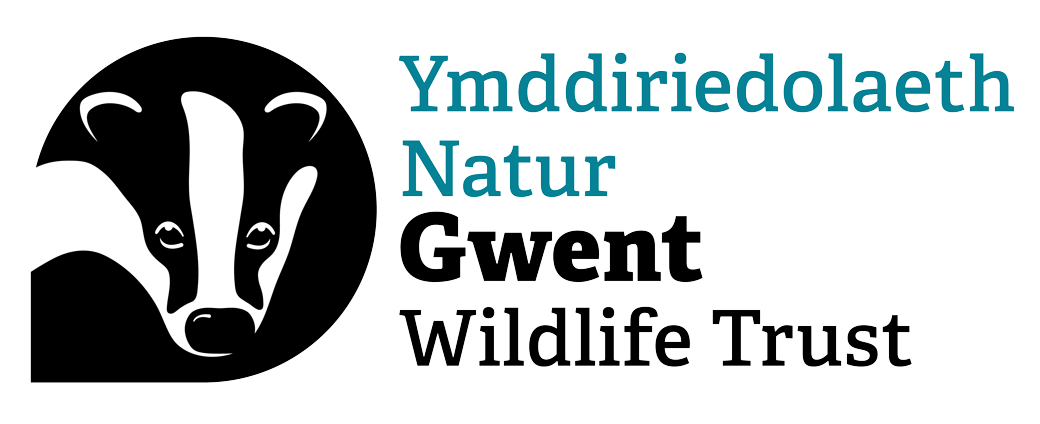Search
Chwilio
Pontypool Project
Alder
Common alder can be found along riversides, and in fens and wet woodlands. Its exposed roots provide shelter for fish, and its rounded leaves are food for aquatic insects.
Aspen
Aspen is a slender poplar tree that can be spotted on heathland and in woodlands, particularly in Scotland. It displays hanging catkins in spring and its fluttering leaves turn vibrant yellow in…
Bogbean
Look for the star-like, feathery, white flowers of Bogbean in ponds, fens, bogs and marshes. It is so-named because its leaves look like those of broad beans.
Caddisfly
Caddisflies are a large order of insects that can be found in all kinds of wetlands. The larvae are known for making cases to pupate in, gathering stones, sand and leaves, and wrapping them with…
Common butterwort
The carnivorous lifestyle of common butterwort makes this heathland plant a fascinating species. Its leaves excrete a sticky fluid that tempts unsuspecting insects to land and become its prey.
Dogwood
The striking red twigs and crimson, autumnal leaves of Dogwood make this small shrub an attractive ornamental plant. It can be seen growing wild along woodland edges and hedgerows.
Dwarf thistle
As its name suggests, the Dwarf thistle is a low-growing plant that is almost stemless - its purple, thistle-like flower heads growing out of a rosette of spiny leaves.
Fennel
Fennel has feathery leaves and open, umbels of yellow flowers. It was probably introduced by the Romans for culinary use, and is now a naturalised species of verges, waste ground and sand dunes.…
Greater pond sedge
A tussocky sedge, Greater pond sedge has stout, upright flower spikes, strap-like leaves and triangular stems. It prefers lowland wetland habitats on heavy soils.
Marsh violet
As its name suggests, the Marsh violet likes damp spots, such as marshes, bogs and wet woods. It is a low-growing plant with kidney-shaped leaves and pale lilac flowers.
